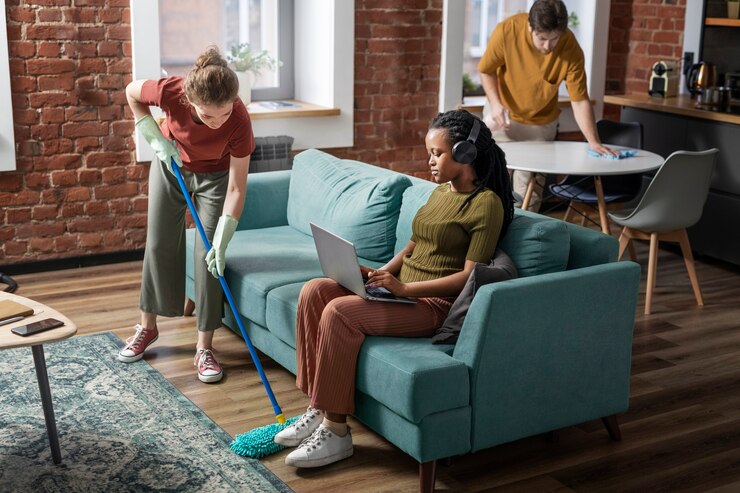Light housekeeping tasks in caregiving refer to the routine household chores and activities that caregivers perform to ensure a clean, safe, and comfortable environment for the individuals they are caring for. These tasks are crucial in maintaining a healthy living space and promoting the overall well-being of the care recipients. While not as intensive as deep cleaning or heavy-duty chores, light housekeeping tasks play a significant role in caregiving, especially for those who may have difficulty managing these activities themselves.
One of the primary light housekeeping tasks is maintaining cleanliness in the living spaces. This includes regular dusting, sweeping, and vacuuming to eliminate allergens and create a hygienic atmosphere. Caregivers also often wipe down surfaces, such as countertops, tables, and other frequently touched areas, to prevent the spread of germs and maintain a tidy appearance. Keeping the living space clean not only contributes to the physical health of the care recipient but also positively impacts their mental well-being.
Laundry is another essential aspect of light housekeeping in caregiving. Caregivers ensure that clothes, linens, and other personal items are regularly washed, dried, and put away. Maintaining a clean and well-organized wardrobe is crucial for the comfort and dignity of the care recipient, as it contributes to their overall sense of well-being.

Meal preparation and kitchen maintenance are also key components of light housekeeping tasks. Caregivers often plan and prepare nutritious meals, taking into consideration any dietary restrictions or preferences of the care recipient. After meals, they clean up the kitchen, wash dishes, and ensure that the cooking area is safe and sanitized. Proper food handling and kitchen cleanliness contribute to the overall health and safety of both the caregiver and the person receiving care.
In addition to these tasks, caregivers may also be responsible for light organizing and decluttering. This involves arranging personal belongings, managing paperwork, and creating a clutter-free environment. An organized living space can enhance the safety and functionality of the home, particularly for those with mobility issues or cognitive impairments.
Light housekeeping tasks are not only about physical cleanliness but also about creating a supportive and comfortable living environment. Caregivers often engage in small home maintenance tasks, such as changing light bulbs, checking smoke detectors, and ensuring that safety features like handrails are secure. These activities contribute to a safer living space, reducing the risk of accidents or injuries.
Conclusion
In summary, light housekeeping tasks in caregiving encompass a range of activities focused on maintaining cleanliness, organization, and safety in the living environment of the care recipient. These tasks go beyond mere house chores; they play a vital role in supporting the overall well-being of individuals who may require assistance in managing their daily lives. By addressing these light housekeeping tasks, caregivers contribute to creating a nurturing and comfortable atmosphere that enhances the quality of life for those under their care.






